SO, trying to brainstorm if this is possible. You guys are my go to. First I needed to call out the Duplicates. Which I can do and did with this formula.
=IF((B16&C16)=(B15&C15),"X",IF((B16&C16)=(B17&C17),"X",""))
But then I need to call out the greater price number out of the duplicate value? Is this possible? So like AC 41000 is a Duplicate because it shows up more than once, but I need to call out $6.42 as the higher price between the duplicate pair.


